How Has the COVID-19 Pandemic Impacted AC Usage?
The beginning of the COVID-19 pandemic brought quarantines with it, and people began spending more time at home than ever. Fortunately, most people can count on their AC services to keep their homes comfortable. According to the U.S. Energy Information Administration, almost 90% of homes used some form of air conditioning during the 2020 pandemic. This article explores why air conditioning and AC services were essential during that specific time.
Air Conditioners Were Working Harder Than Normal
During quarantine in 2020, many people were home all day, so it wasn't unusual for the AC to be powered on much more than usual. When your unit is working harder, the extra burden results in more wear and tear, which increases the need for AC repair. Once quarantines were lifted, homeowners could reach out to professional AC services to get their units repaired.
People Required AC Installation
As mentioned, the majority of homes in the U.S. have used air conditioning in the past few years. For those homes that were caught without this convenience during quarantine, professional installers were the way to go. Those who decided to purchase new units were able to access AC services for a professional installation to keep the interior environment comfortable while stuck at home.
Air Conditioners Improved Air Quality
AC services became more relevant since they took care of repairs and ensured AC units could perform more optimally. Remember, air conditioning not only works to maintain optimal temperatures on hot summer days. It also improves the quality of indoor air, according to the U.S. Environmental Protection Agency. Professional AC inspection and maintenance involve things like replacing filters, cleaning condensers and coils, and checking electrical connections, all of which can help improve air quality in the home. When families have a loved one suffering from COVID-19, great air quality is imperative.
The 2020 quarantine mandates posed difficulties for many people, but at least many homeowners could rely on professional AC services during the early pandemic. During quarantine, lives were made easier by maintaining comfortable indoor temperatures and great indoor air quality. That's why you shouldn't hesitate to get in touch with Roman's Service Cooling & Heating today if your unit requires professional attention.

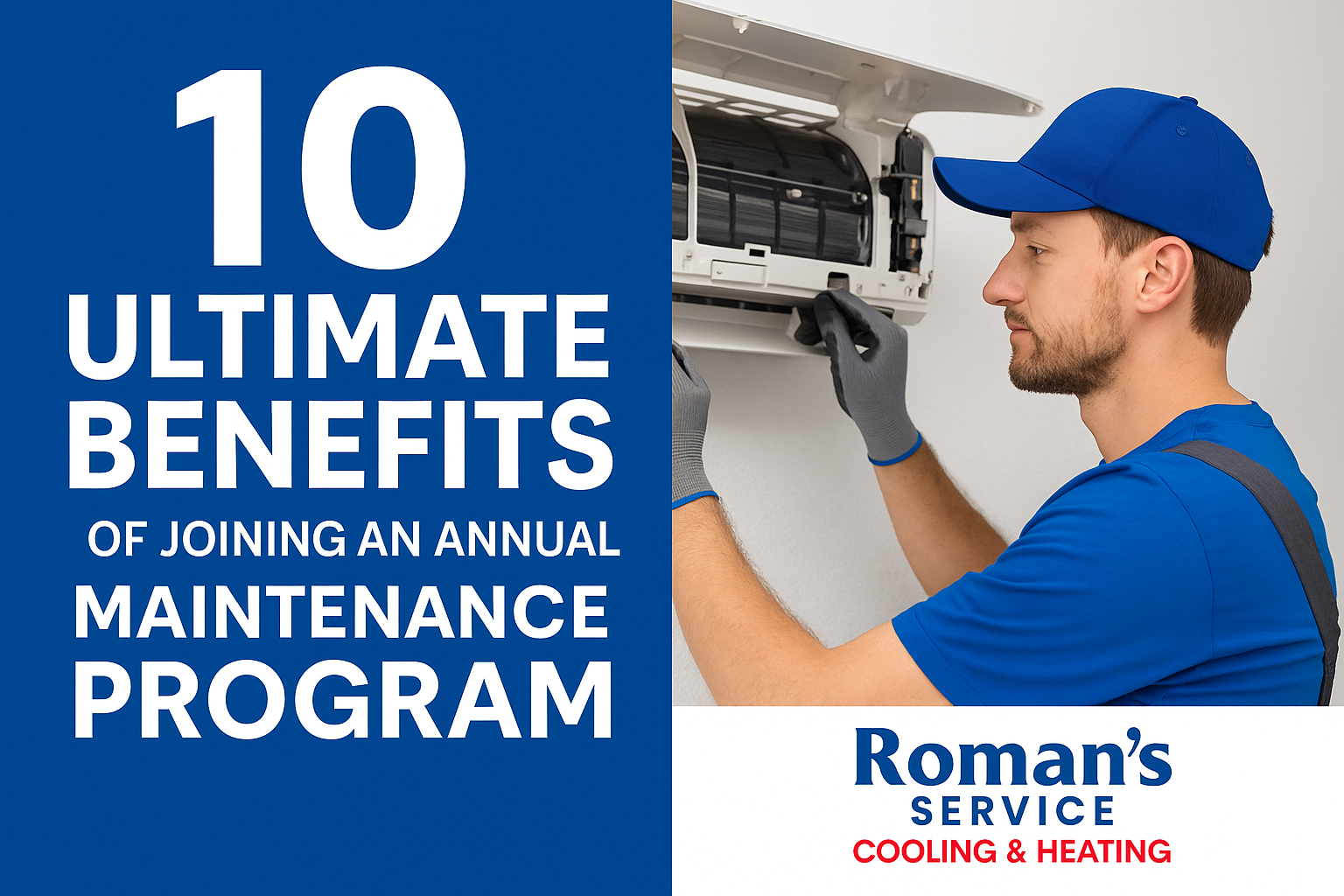
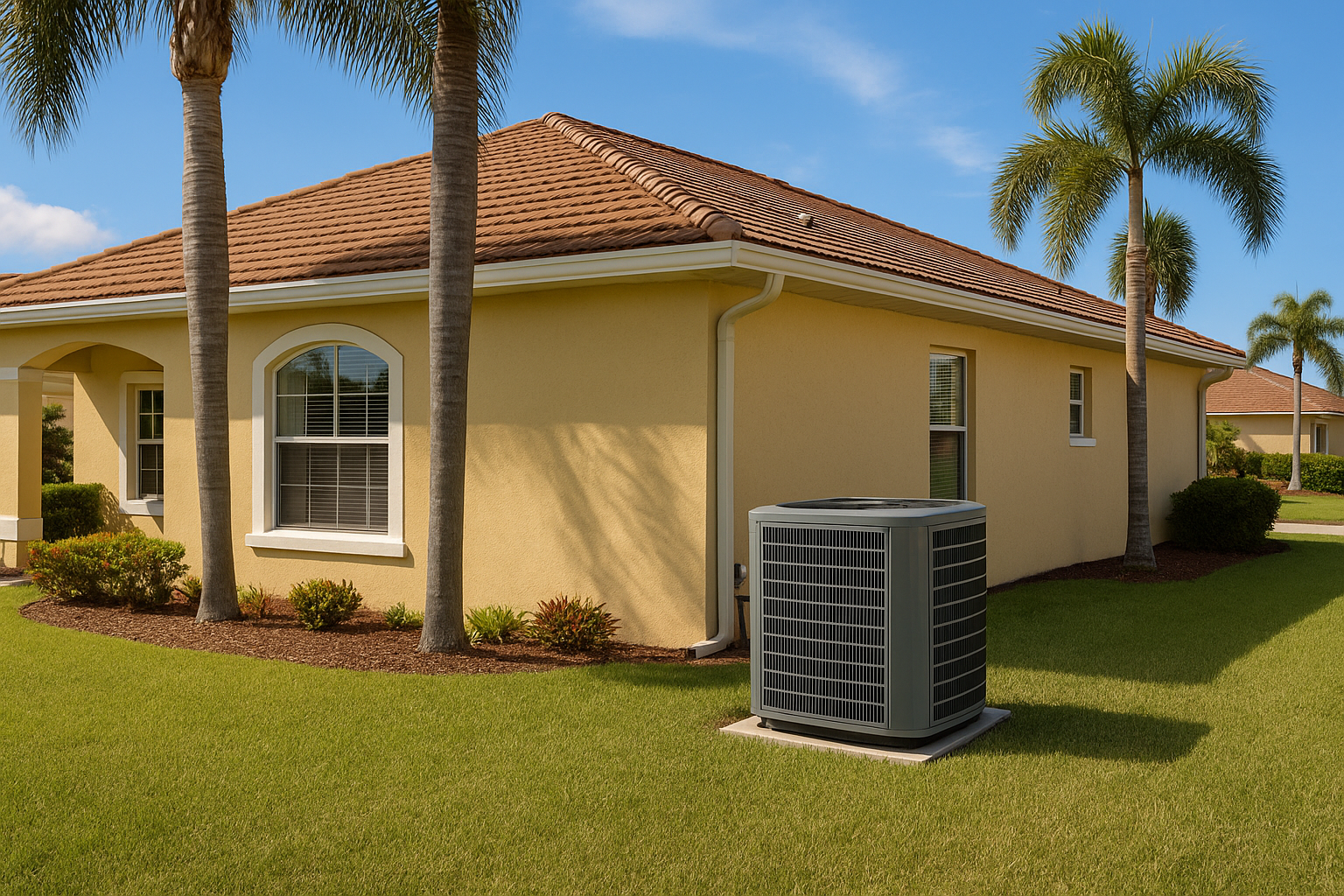





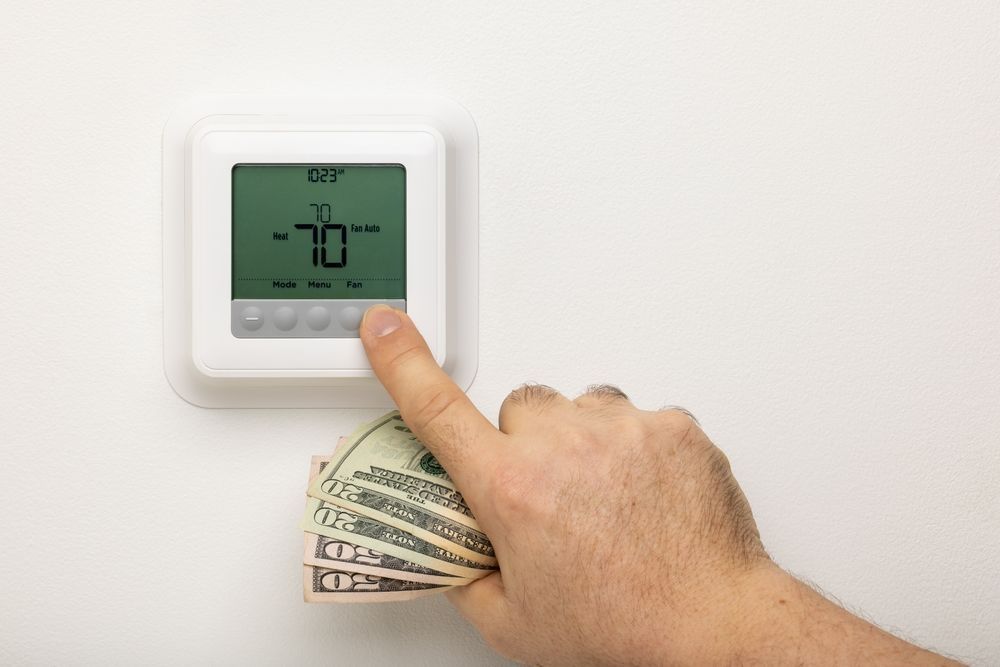
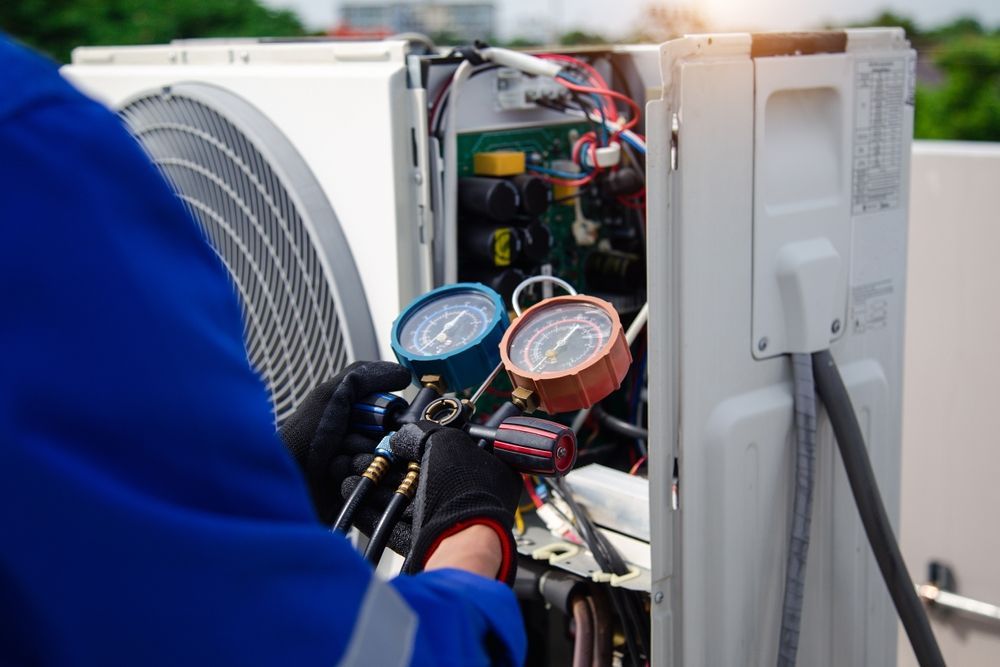
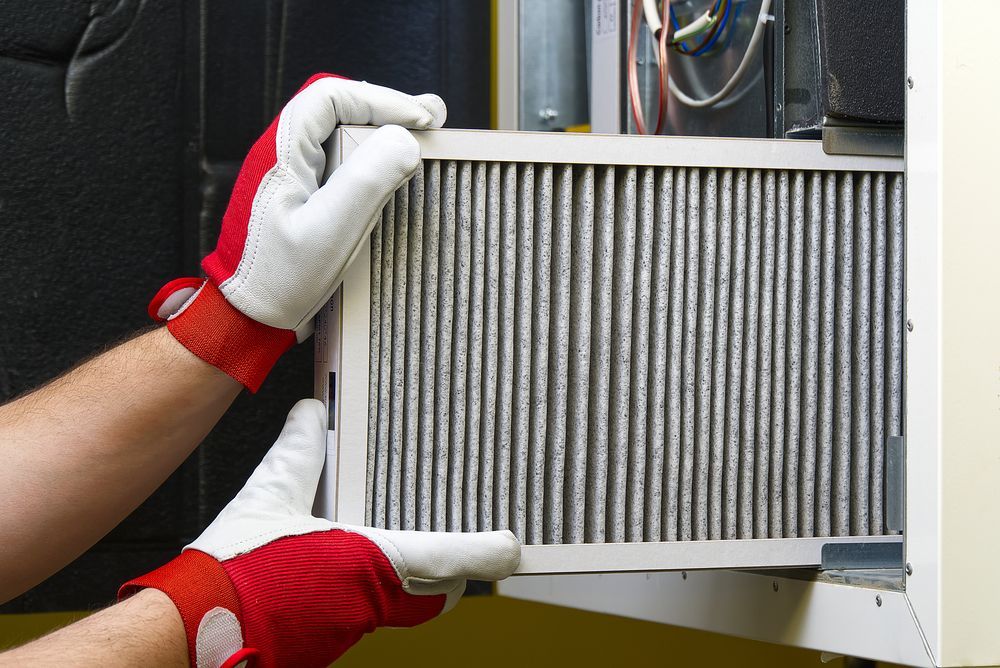
Share On: